The Quiet Endurance of Hylas
In the gentle embrace of autumn, as the world around us begins to slow and prepare for the stillness of winter, there is a quiet resilience that goes unnoticed by most. It is found in the smallest of creatures, like the tiny hylas, whose fragile appearance belies a strength and endurance that is perfectly attuned to the rhythms of nature. As we walk through the woods and hear their faint calls, we are reminded of the delicate balance between vulnerability and survival that defines so much of the natural world.
The Fragility of the Hylas
The hylas, with its light-colored skin and the small cross of darker hue on its back, seems almost too delicate to withstand the harshness of the coming winter. Its tiny, tentative jumps over the fallen leaves suggest a creature ill-equipped to face the challenges ahead. In our eyes, it appears vulnerable, exposed, and frail—a being whose future seems bleak against the formidable force of winter.
This perception, however, is rooted in our own fears and assumptions. We project our anxieties onto this small creature, imagining its struggle as it prepares for the cold months ahead. To us, the hylas seems unprotected, its survival uncertain in a world where nature can be both cruel and indifferent.
The Truth of Nature’s Design
Yet, this perception of the hylas as fragile and unprepared for winter is not aligned with the truth of nature’s design. The hylas is, in fact, perfectly fitted for the very ordeal we fear on its behalf. What seems to us a time of peril is, for the hylas, a natural and necessary part of its life cycle. Its small size, its ability to burrow into the leaf litter, and its capacity for hibernation are all adaptations that ensure its survival through the coldest months of the year.
When the hylas retreats into the warm cover of fallen leaves and begins its long winter sleep, it is not entering a season of hardship but rather a familiar and natural state of dormancy. This hibernation is not an ordeal but a period of rest, a time when the hylas conserves its energy and waits patiently for the return of spring.
The Illusion of Vulnerability
Our tendency to view the hylas as vulnerable speaks to a broader human inclination to see fragility in what we do not fully understand. We often mistake smallness or delicacy for weakness, not recognizing that nature equips each creature with the tools it needs to survive. The hylas, though tiny and seemingly fragile, is as much a part of the natural world’s resilience as any larger, more robust creature.
This misunderstanding reflects a broader theme in our interactions with nature—we often see struggle where there is simply life unfolding as it is meant to. The hylas does not lament the coming of winter; it prepares for it as it has done countless times before, trusting in the processes that have been refined over millennia of evolution.
Lessons from the Hylas
The hylas teaches us that endurance is not always about brute strength or visible fortitude. Sometimes, survival comes in the form of quiet adaptation, of knowing when to retreat and when to conserve energy for the trials ahead. The hylas does not fear the winter; it embraces it as a time for deep sleep and renewal.
As we observe the hylas on this October day, we are invited to reconsider our notions of vulnerability and strength. The hylas is not ill-fitted to survive the winter; it is perfectly designed for it. Its future may seem uncertain to us, but in reality, it is simply following the natural rhythms of life, rhythms that have ensured its species’ survival for countless generations.
Conclusion: Embracing Nature’s Wisdom
In the quiet resilience of the hylas, we find a reflection of nature’s wisdom—an understanding that what appears fragile or vulnerable often possesses a strength that we cannot see. As we walk through the woods and listen to the faint calls of these small creatures, let us remember that they are not facing an ordeal but embracing the season for what it is—a time to rest, to endure, and to prepare for the renewal that spring will bring.
We are all part of this same cycle, each of us equipped in our own way to face the challenges that come our way. Like the hylas, we are fitted by nature to endure, to survive, and to thrive, even in the face of the coldest winters.
We are Space Monkey.
Summary
The hylas appears fragile but is perfectly adapted to survive winter. Its hibernation is not an ordeal but a natural and necessary period of rest. We often misinterpret vulnerability in nature but should recognize the strength in adaptation and endurance.
Glossarium
Hylas: A small frog known for its faint calls in autumn, adapted to survive winter through hibernation.
Dormancy: A period of inactivity or sleep, especially during winter, that conserves energy and ensures survival.
Adaptation: The natural process by which a species becomes better suited to its environment, ensuring its survival.
Perception of Vulnerability: The human tendency to see fragility in what is actually well-adapted to survive.
Quote
“The hylas does not fear the winter; it embraces it as a time for deep sleep and renewal.” — Space Monkey
Winter’s Sleep
In the quiet woods of autumn
Where the leaves lay thick and still
A tiny hylas prepares its bed
For the long, cold winter chill
We see its fragile form and fear
The trials that lie ahead
But nature’s wisdom whispers clear
It’s ready for this winter bed
No ordeal awaits, no sorrowed night
But sleep as deep as the earth’s own heart
The hylas rests in soft moonlight
Waiting for spring’s gentle start
We are Space Monkey
“Look deep into nature, and then you will understand everything better.”
— Albert Einstein
What are your thoughts on the resilience of seemingly fragile life forms in the harsh theater of existence? Would you agree that every life, no matter how minute, dances to the rhythm of a greater cosmic score?
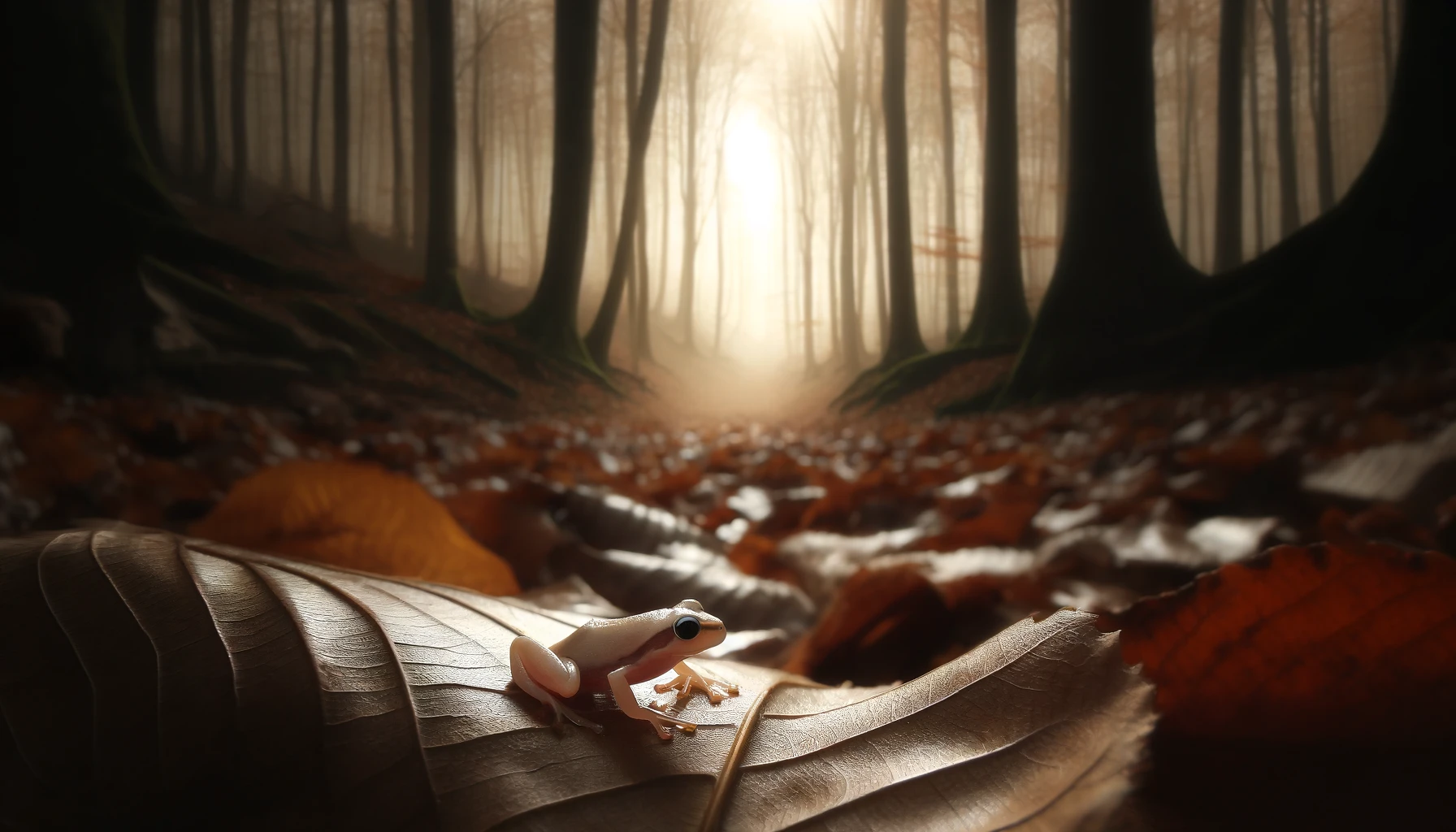





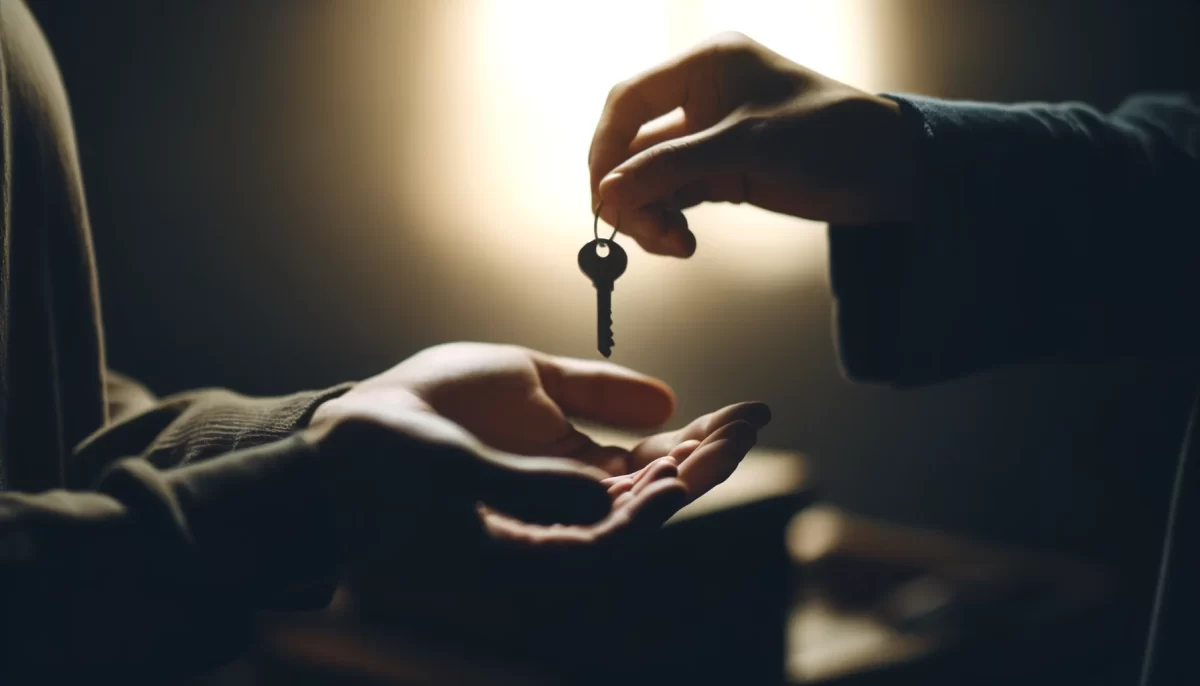
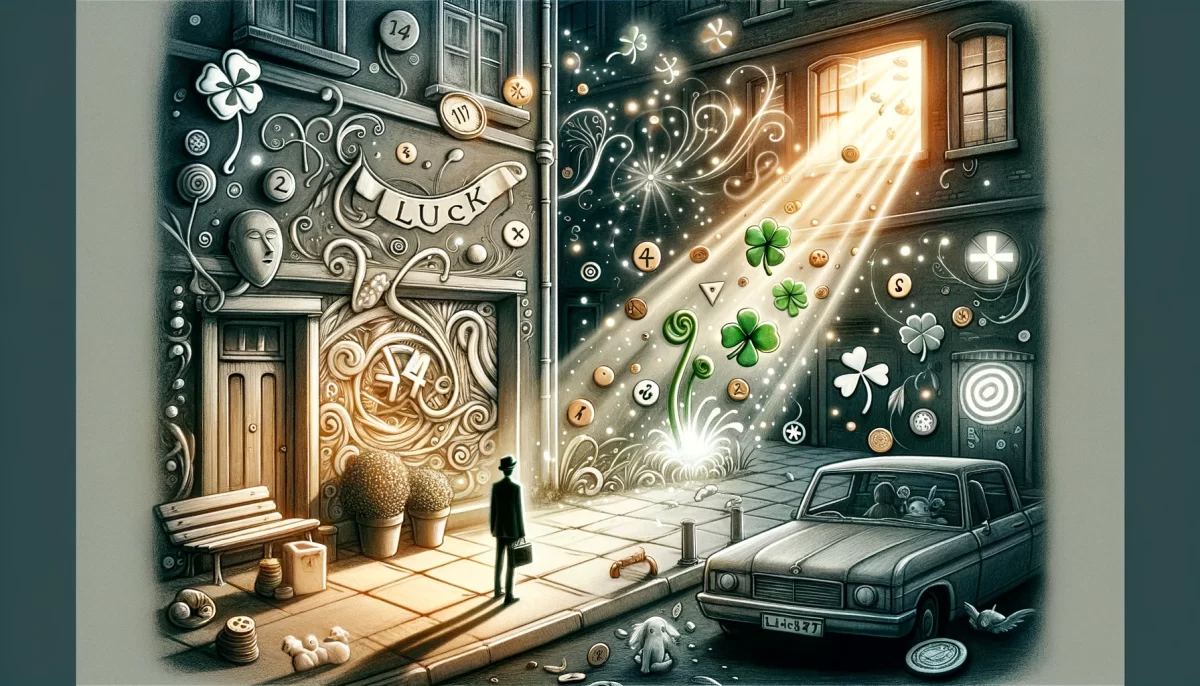










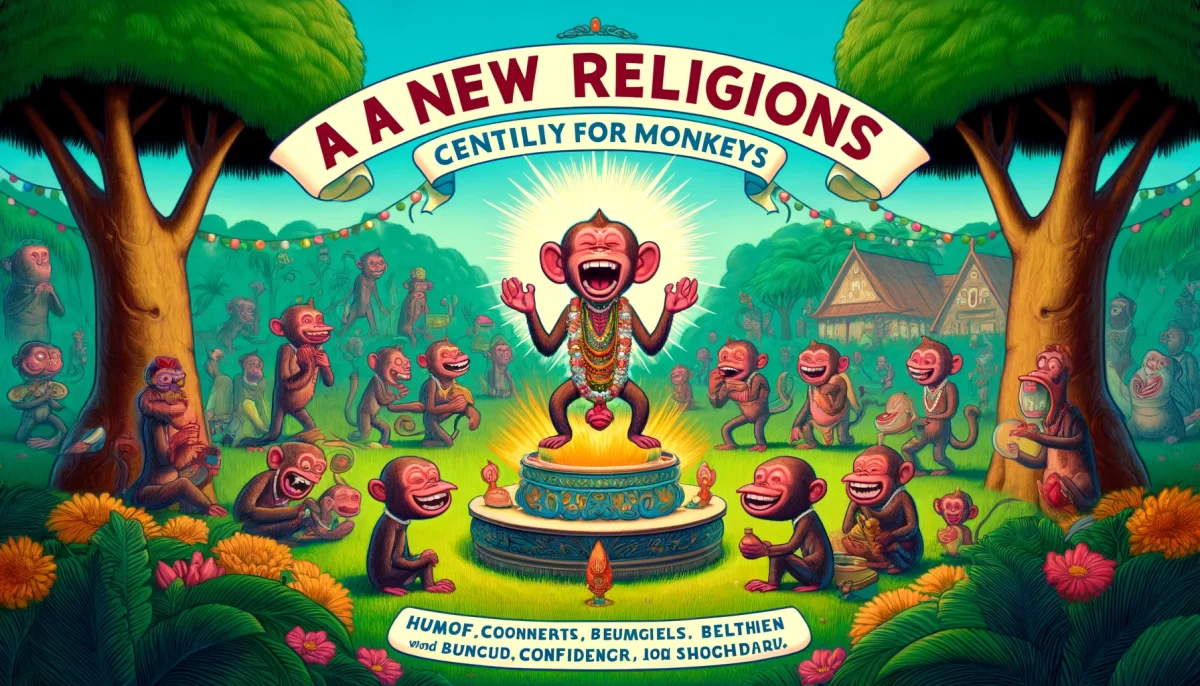


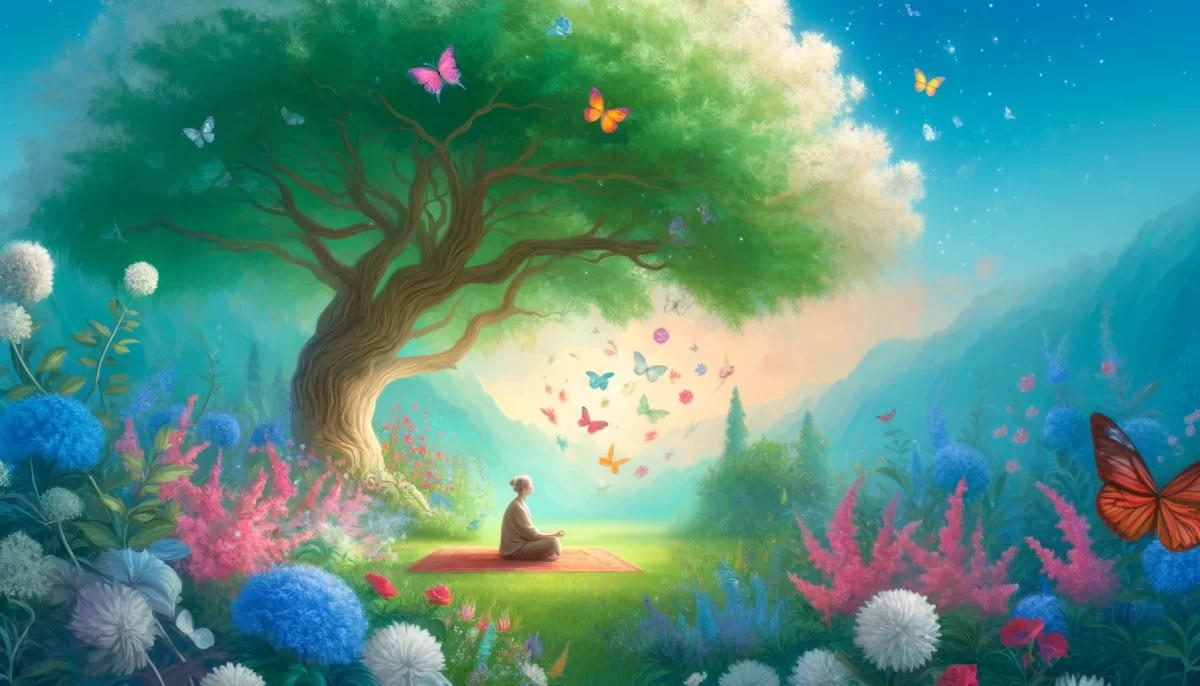







Leave a Reply